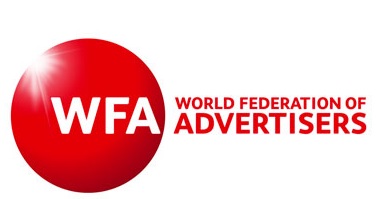The World Federation of Advertisers has warned that marketers could waste over $50bn a year by 2025 due to ad fraud.
The WFA has urged its members to demand tougher contracts with agencies and marketing technology vendors in order to reduce their vulnerability to ad fraud, which it claims accounts for 30% of the online advertising market.
The global advertising body is advising marketers to revise contracts “to the extent where contractual liability becomes the key driver for partner behaviour change”.
Advertisers should seek the return of commissions and fees made by ad networks, ad platforms and agencies where campaigns were subject to ad fraud, which would “signal to the vendor ecosystem that it is no longer possible to earn commissions from passive inaction”.
The measure is one of several put forward in a new WFA report, “Compendium of Ad Fraud Knowledge for Media Investors”, which includes a prediction that ad fraud will in future be second only to cocaine and opiate markets as a form of organised crime.
Luis Di Como, a member of the WFA Global Transparency Group and senior vice-president of global media at Unilever, said: “It’s important that we work together with our peers and industry partners to address the challenges we face, and collaborate to change the way the current ecosystem operates.”
Richard Robinson, MD of EMEA at Turn, said: “This news shows us just how much marketers could waste if they continue to let the fraudsters win – and it is a much needed wake-up call for the industry. Ad fraud, bots, ad blocking, viewability and other inventory issues are all part of the same issue: the trust factor between marketers and the inventory supply chain, all their vendors and partners. To combat this widespread problem, which has robbed many partners in the ad ecosystem of revenue and credibility, all players need to step up.
“A higher value must be placed in transparency which will in turn bring more control into the market. The industry has been overcomplicating ad tech for too long. We all need to work closely with major brands and advertisers to focus on the types of metrics, performance and attribution that maps to the goal of impression quality. There needs to be education around this and away from simplistic – fraud rife – measures like clicks. As brands continue to spend more and more on online advertising we will surely see the uptake growth of them using technology which can vet traffic to see if impressions are legitimate or not.”

